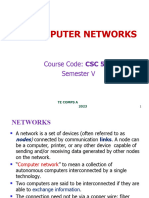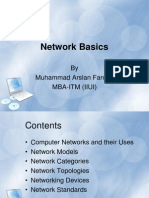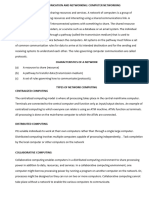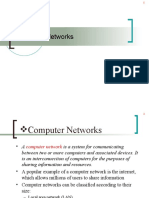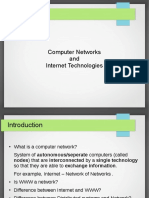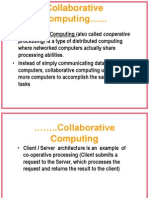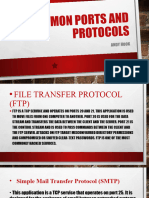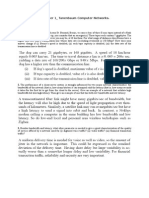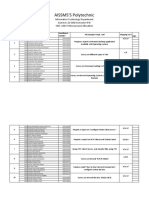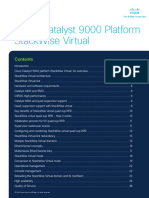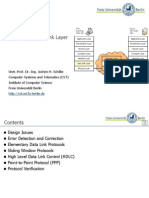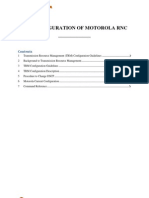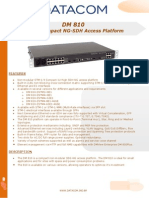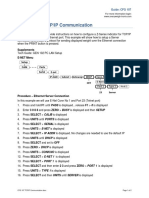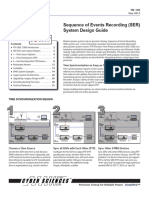0% found this document useful (0 votes)
23 views12 pagesTopic 3 Introduction To Computer Networks
This document provides an introduction to computer networks, detailing various types such as Personal Area Networks (PAN), Local Area Networks (LAN), Metropolitan Area Networks (MAN), and Wide Area Networks (WAN). It also covers network topologies, the OSI and TCP/IP reference models, and key networking concepts like nodes, protocols, and servers. By the end of the topic, students should be able to describe these elements and compare the OSI and TCP/IP models.
Uploaded by
sylvesterjambo3Copyright
© © All Rights Reserved
We take content rights seriously. If you suspect this is your content, claim it here.
Available Formats
Download as PDF, TXT or read online on Scribd
0% found this document useful (0 votes)
23 views12 pagesTopic 3 Introduction To Computer Networks
This document provides an introduction to computer networks, detailing various types such as Personal Area Networks (PAN), Local Area Networks (LAN), Metropolitan Area Networks (MAN), and Wide Area Networks (WAN). It also covers network topologies, the OSI and TCP/IP reference models, and key networking concepts like nodes, protocols, and servers. By the end of the topic, students should be able to describe these elements and compare the OSI and TCP/IP models.
Uploaded by
sylvesterjambo3Copyright
© © All Rights Reserved
We take content rights seriously. If you suspect this is your content, claim it here.
Available Formats
Download as PDF, TXT or read online on Scribd
/ 12







